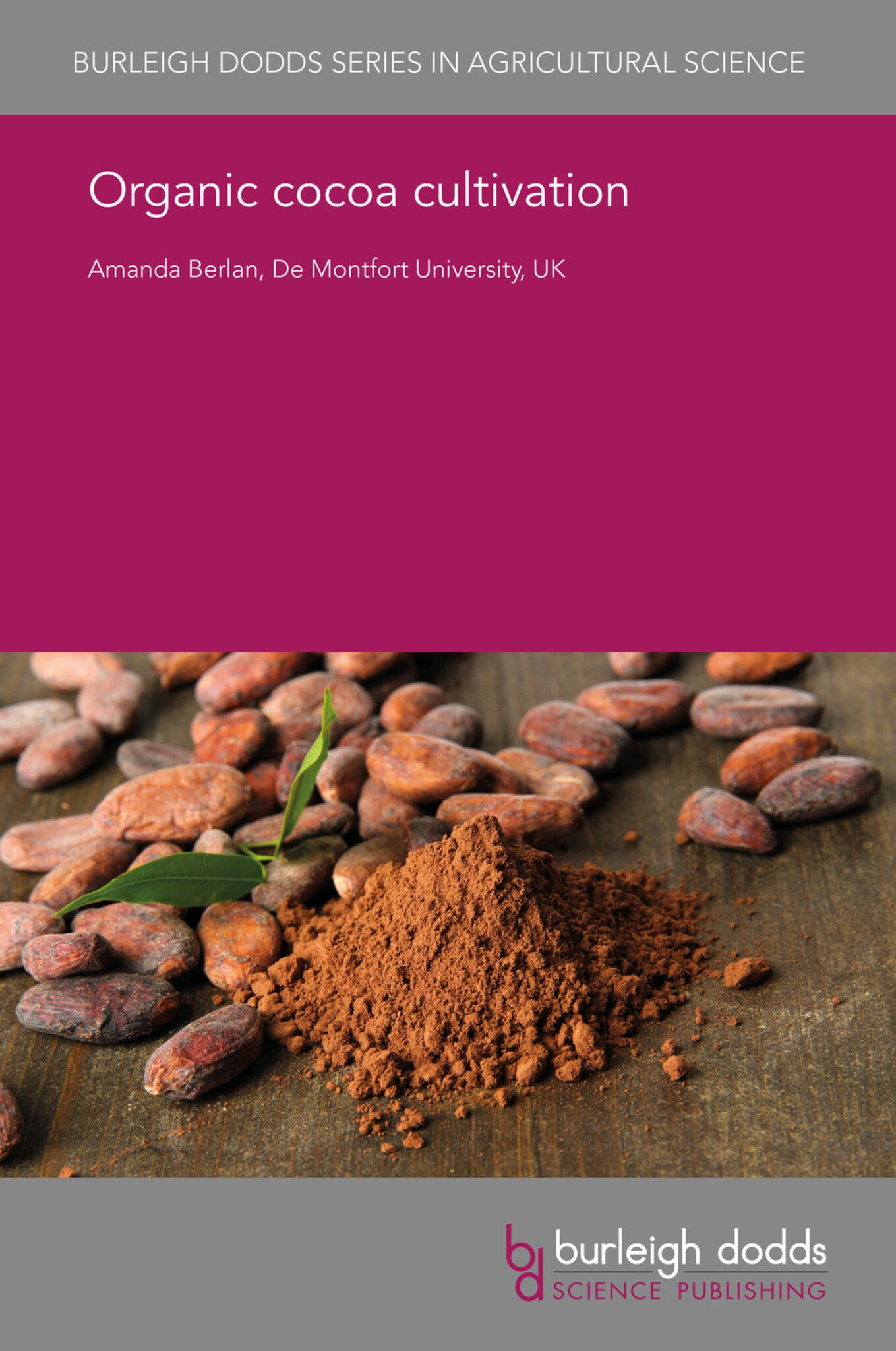We're sorry. An error has occurred
Please cancel or retry.
Organic cocoa cultivation

Some error occured while loading the Quick View. Please close the Quick View and try reloading the page.
Couldn't load pickup availability
- Format:
-
08 August 2018


TECHNOLOGY & ENGINEERING / Agriculture / Sustainable Agriculture, Organic farming, TECHNOLOGY & ENGINEERING / Agriculture / Tropical Agriculture, TECHNOLOGY & ENGINEERING / Agriculture / Agronomy / Crop Science, Sustainable agriculture, Agronomy and crop production, Tropical agriculture

1 Introduction 2 Production trends in organic cocoa 3 Organic certification 4 Pricing issues in organic cocoa production 5 Organic yields and cultivation methods 6 Pest and disease management 7 Conclusions and future trends 8 Where to look for further information 9 References



